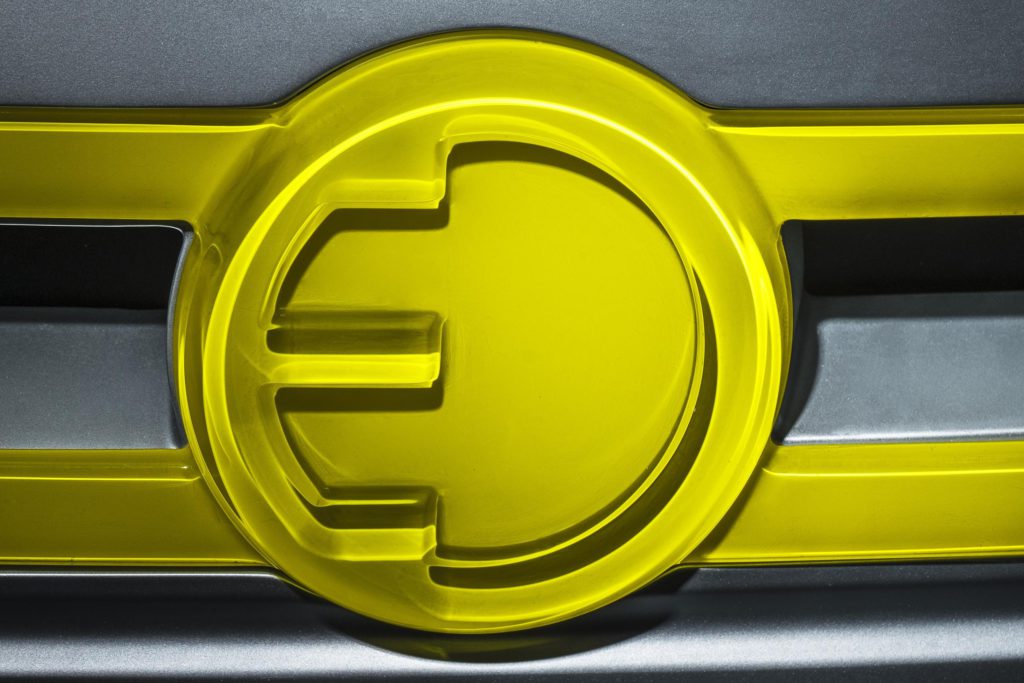Electric is the future for BMW as it chooses Oxford for new Mini
26 July 2017

26 July 2017
BMW has announced more on its electrification plans, believing that all of its brands and model series can be offered with some form of electric powertrain option.
As part of the company’s NUMBER ONE > NEXT corporate strategy, the company is pushing to build its range of electric vehicles (EVs). In order to achieve this, it will look to introduce full electric or plug-in hybrid drivetrains in addition to its internal combustion engines. Additional EVs will be coming to market before 2020, and thereafter, the company’s next generation vehicle architecture will be structured in order to enable new models also to be offered as a full-electric vehicle.
Part of the strategy includes producing an all-electric Mini. The company’s Cowley plant in Oxford, UK, is currently the main production base for Mini, however it was facing competition from a BMW plant in Regensburg, Germany, and a manufacturing base operated by contract builder VDL Nedcar in Born, Netherlands. However, the German manufacturer has announced that the new model will be built in Britain, with powertrains shipped into the country for assembly at Cowley, despite concerns that the UK leaving the single market will increase import and export tariffs.
A statement released by the company comments: ′The new battery-electric MINI will be a variant of the brand’s core 3-door Hatch model. This fully electric car will go into production in 2019, increasing the choice of MINI powertrains to include petrol and diesel internal combustion engines, a plug-in hybrid and a battery electric vehicle. The battery electric MINI’s electric drivetrain will be built at the BMW Group’s e-mobility centre at plants Dingolfing and Landshut in Bavaria before being integrated into the car at Plant Oxford, which is the main production location for the MINI 3-door Hatch.’
By 2025, BMW expects electrified vehicles to account for around 15-25% of its sales, however it also believes factors such as regulation, incentives and charging infrastructure will play a major role in determining the scale of electrification from market to market. The company therefore plans to adopt a flexible system across its production landscape, allowing facilities to build models with combustion engines, plug-in hybrids or fully electric vehicles at the same time, to help meet demand.
This also means the company is looking to add electrification to all its models. Alongside its current models, the i3 and i8, a new electric BMW 3-Series is expected at the IAA in Frankfurt during September 2017. The company also produces a hybrid version of its 5-Series and 7-Series models, and will add its iNEXT EV in 2021. In order to achieve all this, BMW has invested more than €100 million into its Dingolfing production facility to allow it to build electrified vehicles.
The German manufacturer also plans a new BMW i8 Roadster for 2018, while an all-electric BMW X3 will arrive for 2020.
BMW recently announced that it was planning to cut down on the number of vehicle options it offers, in order to re-invest the savings into the research and development of its electric vehicle technology. Its current line-up of EV and hybrid cars means it has the largest electrified fleet of any manufacturer and hopes to reach sales of 100,000 vehicles with electric running gear by the end of 2017.
Photograph courtesy of BMW